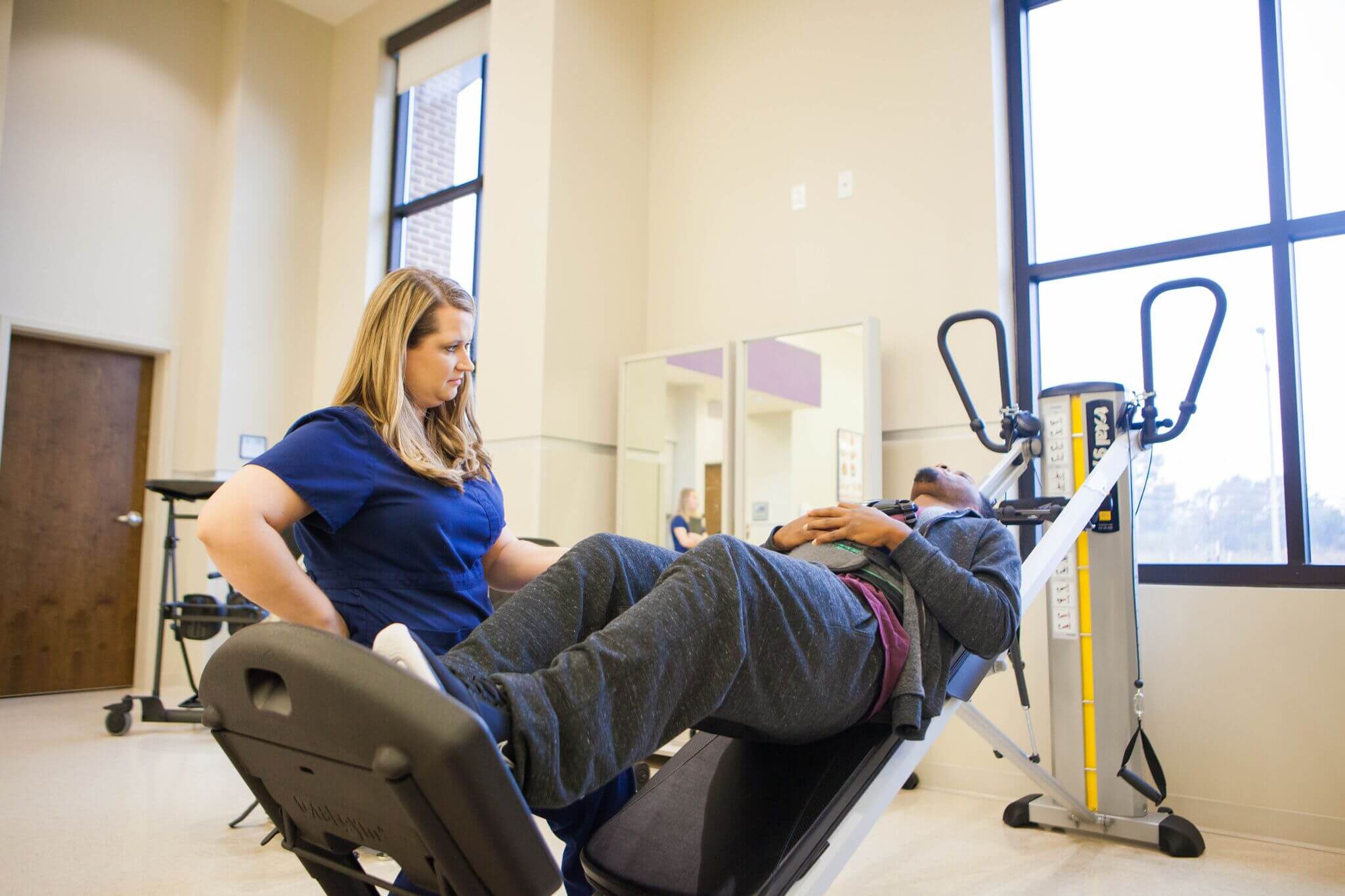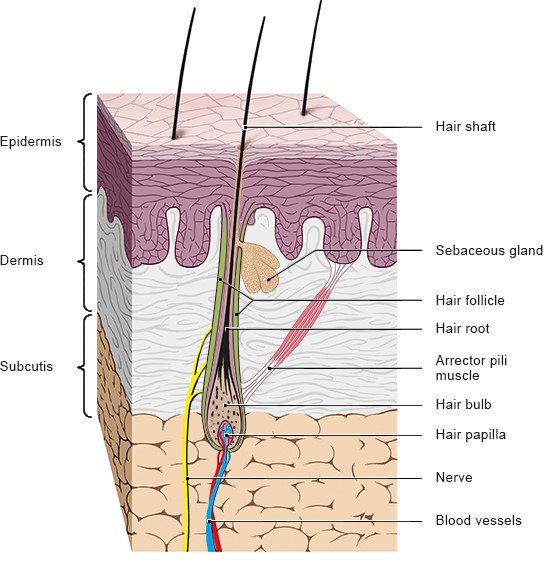Table of Content
Do amenities like planned meals, on-site health care or organized activities appeal to you? Essentially, deciding how much care one needs and the level of amenities they desire are the primary questions that need to be determined before deciding between in-home care and nursing home care. Skilled Nursing Facilities and Long Term Care Facilities are two of the main options for patients recovering from a serious injury or operation. Both provide personalized treatment for patients but vary in specialties and complexity of medical care. It’s essential to understand the differences between skilled nursing and long-term care to determine which health facility is best suited to your needs. An IRF provides intensive, innovative therapeutic and rehabilitative care to help patients regain functions after a severe injury or illness.

The purpose of a nursing home is to provide a combination of medical care and personal support for patients with ongoing medical needs. Patients would move into a nursing home after a hospital stay and would move out once well enough. Today many nursing homes offer long-term care options themselves, allowing patients with chronic health issues to live there on an indefinite basis. In-home care options range from a few hours per week to 24/7 care, but most beneficiaries receive 44 hours of care or less per week. All-day care in the home can be very costly, and in most situations, this type of caregiving would come from a hospice or palliative care service.
Inpatient Rehabilitation Facility
Depending upon the type of services the patient receives, it’s possible that the doctors will see them in-house on a regular basis. For example, a patient who requires wound care services might be seen by the doctor on a weekly basis, or a ventilator patient will be seen in-house by a pulmonologist. Depending upon the type of care the patient requires, payment for the skilled services can last up to 100 days with the copayment either paid out of pocket or by a Medigap policy. Medicare Advantage plans also pay for skilled services, although the copayments and deductibles vary according to the plan the senior has chosen. Private insurance policies such as TriCare or union benefits also offer skilled nursing benefits. It’s possible for patients to require long-term skilled nursing services - patients with feeding tubes or other specialty care require an RN in the building at all times.
For example,10 to 20% of patientsrecovering from critical illnesses will experience persistent organ failures that require prolonged, complex medical care. Skilled nursing facilities are typically rehabilitative facilities designed to offer 24 hour care from licensed medical professionals including doctors, RNs, and specialized occupational, physical and speech therapists. In a skilled nursing setting, a physician oversees the care of each patient.
Choosing between skilled nursing and long term care
Emory Long-Term Acute Care also provides a family support group for the loved ones of current and former patients. We offer this group as an opportunity for families to share their experiences and provide support to one another. Seniors with Alzheimer’s Disease and other neurocognitive and neurodegenerative diseases may find their homes in these facilities as their conditions worsen. The usual reason is the loss of their ability to perform their activities of daily living (bathing, dressing, toileting, etc.) and the presence of one or more of the Geriatric Syndromes. Speech pathologists work with patients struggling with speech and cognitive deficits due to brain injury or stroke.
This is why so many families who feel that full-time care is needed opt for nursing home care because they offer so many services to residents and alleviate caregiver stress. Skilled nursing includes medically complex treatments such as wound care, insertion of feeding tubes, injected medicines, and vitals monitoring. Recovery programs include physical, cognitive, speech, pulmonary, and psychological therapies to offer comprehensive care and support levels.
Bella Vista Health Center Blog
Long Term Care Facilities do not typically provide specialized medical care and are staffed with professional nurses, aides, and therapists. Physicians are available as needed from a nearby facility for any complex medical procedures. The staff provides clinical care and activities to help patients maintain their current level of functioning. LTCHs are certified as acute care hospitals, but their purpose differs from traditional skilled nursing care hospitals.
A long-term acute care facility is a specialty-care hospital designed for patients with serious medical problems that require intense, special treatment for an extended period of time—usually 20 to 30 days. LTACs offer more individualized and resource-intensive care than a skilled nursing facility, nursing home, or acute rehabilitation facility. Patients are typically transferred to a long- term acute care hospital from the intensive care unit of a traditional hospital because they no longer require intensive diagnostic procedures offered by a traditional facility. After understanding the difference between skilled nursing and long-term care, the next step is to choose the correct facility.
These facilities may also offer advanced memory care services that are vital in the latter stages of conditions, such as Alzheimer's and Huntington’s Disease. Those with chronic health problems, severe mobility issues or those who suffer from serious injuries may find that a nursing home is the ideal option. Department of Health and Human Services,35% of Americanswill require care in a nursing facility at some point, with long-term acute care facility and inpatient rehabilitation facility stays only adding to that figure. There comes a time in life when many seniors or their loved ones realize that they could use a bit of outside help, whether they want to age in place with home care or take steps to move to a nursing home. Many don’t want to leave their home, while others may be seeking the socialization and 24/7 access to medical care and services that nursing home facilities offer.

Some require a longer stay, while others may be discharged in a shorter period of time. Assisted living homes or facilities share many similarities with nursing homes, except they do not need around-the-clock care. The residents in these facilities are still independent but need help with tasks such as bathing or being reminded to take their medications. On-site staff, usually Licensed Practical Nurses , are on duty to assist residents’ needs. According to the Hospital Compare List created and compiled by the Centers for Medicare and Medicaid Services , there are approximately 5,000 acute care hospitals in the United States.
Patients participate in intensive therapy for at least three hours a day, five or more days a week using cutting-edge rehab technology. Skilled medical nursing professionals such as nurses, physical therapists, occupational therapists, doctors and others can provide basic services in addition to far greater levels of in-home care. Certified dementia and memory care health care providers are also available in homes, but are generally best for those with mild to moderate stages of these conditions. Does the beneficiary simply need someone to help around the house part-time or full-time with activities of daily living, medication reminders, provide assistance with dealing with bills or finances, or just want a companion? Does the beneficiary require a good deal of medical assistance after recovering from an injury or due to the onset of dementia?
Skilled nursing care offers more than just custodial care — that is, assistance with managing daily needs, such as getting dressed and bathed and using the bathroom. It provides specific medical care in response to health conditions, injuries and procedures. A skilled nursing facility often provides continuing care for patients who have suffered conditions such as heart attacks or shock, hip or femur fractures or surgeries, joint replacements, sepsis and kidney and urinary infections.
For example, at the low end this might involve shopping, housekeeping and providing meals for someone who has difficulty getting to the store. At the high end, it might involve helping someone with bathing, dressing themselves and moving around the house. If he or she cannot resolve your problem to your satisfaction, contact the appropriate manager. Phone numbers for the managers can be found on the Helpful Phone Number Card or at the front desk. We want to know about any problems as quickly as possible so that they can be promptly resolved.

No comments:
Post a Comment